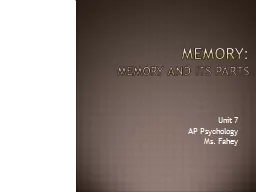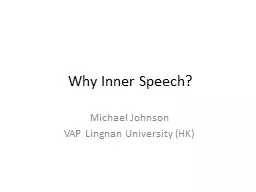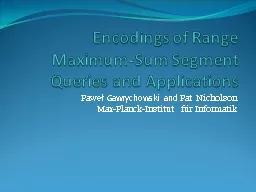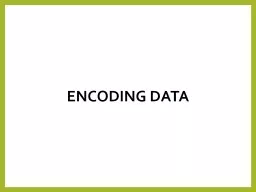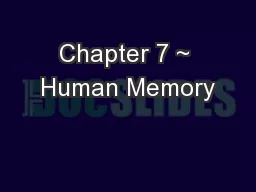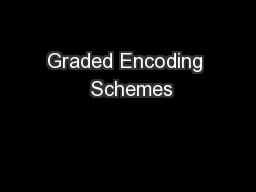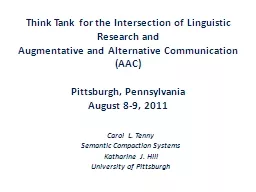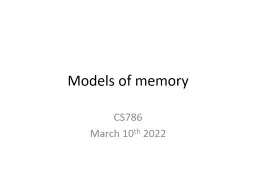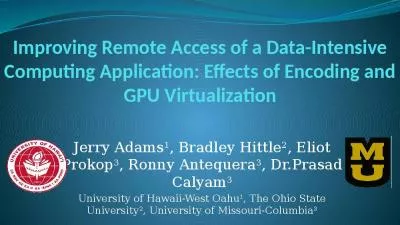PPT-Memory & Language Memory encoding & access = linguistic computation
Author : bagony | Published Date : 2020-10-06
Multistore vs unitary store LTM vs STM Modalityspecific stores Distinct executive processes Access mechanisms Parallel Contentaddressable Using specific combinations
Presentation Embed Code
Download Presentation
Download Presentation The PPT/PDF document "Memory & Language Memory encoding &..." is the property of its rightful owner. Permission is granted to download and print the materials on this website for personal, non-commercial use only, and to display it on your personal computer provided you do not modify the materials and that you retain all copyright notices contained in the materials. By downloading content from our website, you accept the terms of this agreement.
Memory & Language Memory encoding & access = linguistic computation: Transcript
Download Rules Of Document
"Memory & Language Memory encoding & access = linguistic computation"The content belongs to its owner. You may download and print it for personal use, without modification, and keep all copyright notices. By downloading, you agree to these terms.
Related Documents


